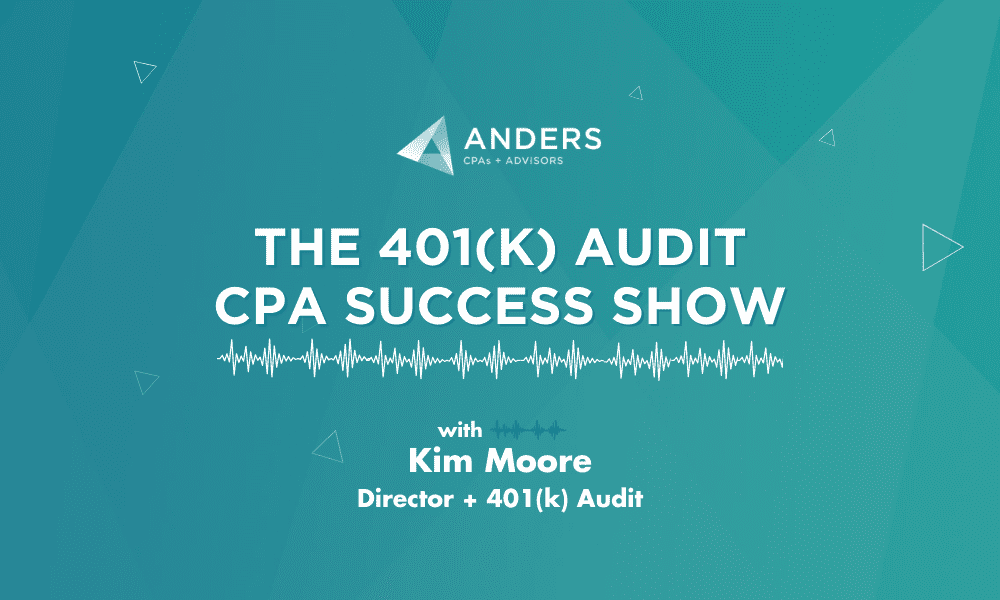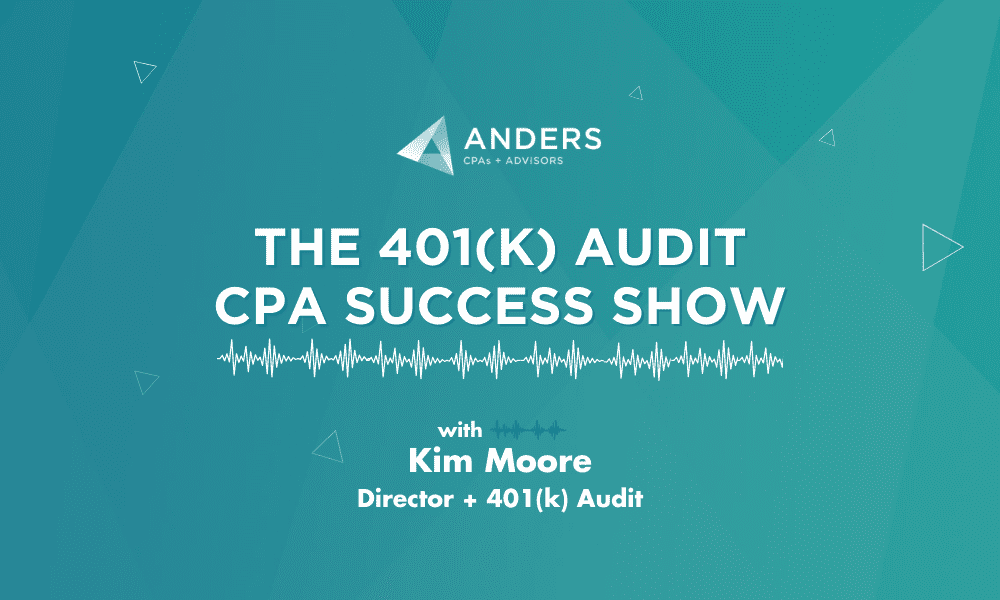You probably know what a 1099 Form is. You may have personally received one for work done or other types of compensation not involving an employee/employer relationship. What you may not have considered is that a participant taking a withdrawal out of their 401(k) Plan becomes a taxable event, and the issuance of a 1099-R is required.
In most cases, a service provider will fully complete this transaction. They will be the one disbursing the funds, preparing the 1099-R form, and sending it to the employee. However, this function is ultimately your responsibility as Plan Sponsor. It is important that you understand how the forms are generated, how they are provided to participants, the timing of these events, and that you ensure the process is complete and accurate.
WHEN DO 401(k) PLAN PARTICIPANTS RECEIVE A 1099-R FORM?
Plan participants will receive a 1099-R form under the following circumstances:
- They request a distribution from their account following termination (this is true even if the funds are rolled over to another qualified account).
- They receive contributions back/refunded because of an excess contribution made, or the plan fails an element of discrimination testing which requires a refund of contributions to employees.
- The employee defaults on a participant loan from the plan or they terminate employment with an outstanding loan that is not later repaid.
It is important to review the procedures with your service provider to ensure the forms are sent to participants in a timely manner so they can incorporate the information into the relevant personal tax return filed.
Also, ensure the amounts shown on the form are correct (taxable amount, taxes withheld, etc.). This will impact the individual taxes owed by the participant/employee.
Lastly, the coding on the form is relevant. For example:
- A code of “G” indicates the money distributed was immediately rolled into another qualified plan, which makes the distribution not taxable at the point of distribution.
- A code of “8” indicates this is an excess contribution refund including earnings, which is taxable at the regular tax rate of the individual.
If the coding is incorrect, it could force the participant/employee to pay more tax than is due.
HAVE YOU REVIEWED YOUR 401(K) PLAN DISTRIBUTION FUNCTION?
Although we acknowledge that the distribution function in many plans is handled by service providers, we encourage plan sponsors to review the procedures in this area as errors can cause significant issues for their employees or former employees when funds are distributed out of the 401(k) Plan.
Retirement plans can be very complex. As an innovative firm, Anders CPAs + Advisors specializes in 401(k) audits. We have the ability to offer assistance entirely off-site with little or no distraction to your daily office routine. We also offer flat-fee pricing so there are no surprises on your bill when the job is complete.
To get started, request a free 401(k) audit consultation below or contact the team at (314)-886-7913 to schedule an appointment.
All Insights


